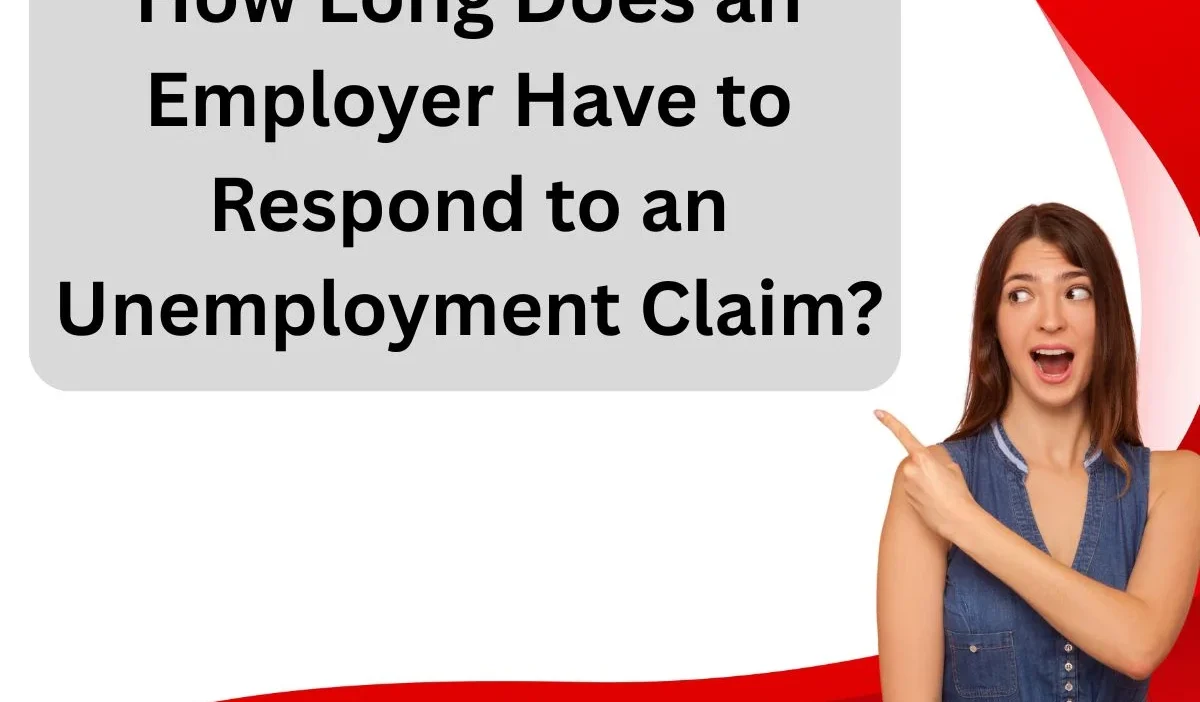When someone files an unemployment claim, employers often wonder how much time they have to respond.
Understanding this timeline is important because the employer’s response can influence whether the claimant receives benefits.
If you are an employer or employee curious about the process, this article will guide you through what to expect, why timely responses matter, and general deadlines involved.
Why Does the Employer Need to Respond to an Unemployment Claim?
When an employee files for unemployment benefits, the state unemployment office contacts the former employer.
The employer is asked to verify details such as the reason for separation, wages earned, and hours worked.
This helps the state decide if the claimant qualifies for benefits. Employers can agree, deny, or provide additional context.
A prompt and accurate response is crucial.
If an employer ignores the claim, the state may approve benefits by default, which could lead to higher unemployment taxes for the business.
Also, responding on time helps ensure fairness in the process.
Typical Timeframe for Employer Response
The exact time an employer has to respond to an unemployment claim varies by state, but here are common guidelines:
- Most states require employers to respond within 10 to 15 calendar days from the date the claim notice is sent.
- Some states may allow up to 20 days in certain situations.
- The response deadline usually starts when the employer receives the official claim notice by mail, fax, or online portal.
What Happens If the Employer Misses the Deadline?
Failing to respond within the allotted time can have consequences:
- The unemployment office may approve the claim automatically, assuming the employer has no objection.
- The employer may lose the chance to contest the claim or provide critical information.
- It could result in increased unemployment insurance tax rates for the business.
- The employer’s record may be negatively affected in future claims.
How Employers Should Respond
Employers should:
- Carefully review the claim notice as soon as it arrives.
- Gather facts about the employee’s separation (voluntary quit, termination, layoffs, etc.).
- Submit a timely, truthful, and detailed response.
- Use the state’s online system if available to speed up the process.
- Keep copies of all correspondence for records.
Special Situations That May Affect Response Time
- Holiday periods or weekends: Some states extend deadlines if the due date falls on a holiday or weekend.
- Multiple claims: If many claims come in at once, states might provide additional time.
- Disputes or appeals: Additional deadlines apply if employers or employees challenge decisions after the initial claim.
Summary
Employers generally have about 10 to 15 days to respond to an unemployment claim, depending on state rules.
Timely and accurate responses help protect the business from unwanted costs and ensure a fair decision.
Ignoring the claim can lead to automatic approvals and tax increases.
Employers should act promptly, keep good records, and use the available resources to handle claims efficiently.

